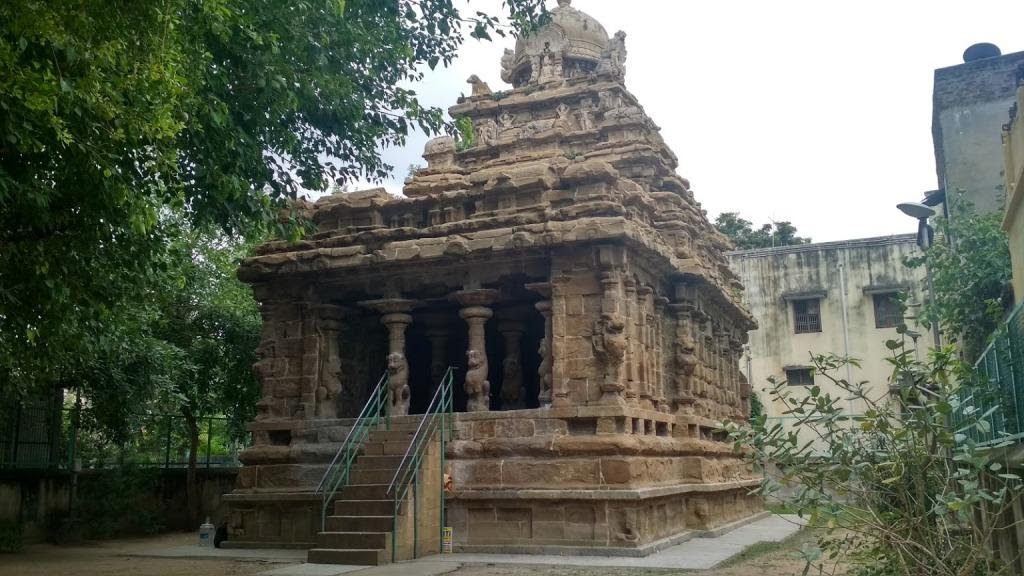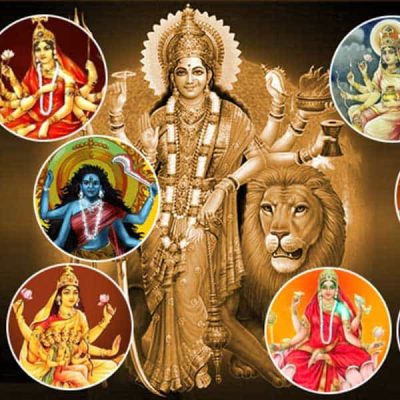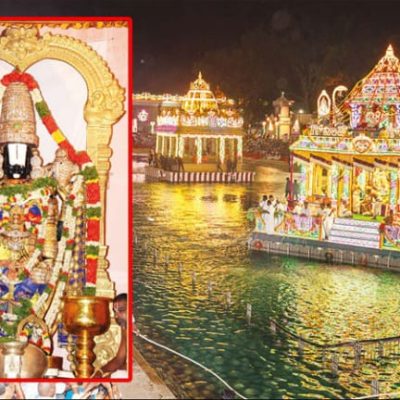Kanchipuram Sri Madhangeeswarar Temple

Address
Kanchipuram Sri Madhangeeswarar Temple Kanchipuram, Tamil Nadu 631501
Diety
Sri Madhangeeswarar Amman: Kamakshi
Introduction
Madhangeeswarar Temple is dedicated to Lord Shiva located in Kanchipuram City in Kanchipuram District of Tamil Nadu. Presiding Deity is called as Madhangeeswarar and Mother is called as Kamakshi. The Temple is believed to be 1000 years old. This Temple is considered as one of the 108 Shiva temples mentioned in Kanchi Puranam.
Puranic Significance
The temple construction was started during Rajasimha Pallava and got completed during the rule of Nandivarman Pallava II. This temple is under the control of Archaeological Survey of India (ASI). Sage Madhanga worshipped Lord Shiva of this temple. He received a boon which made him to gain control over his five senses. Hence, Lord Shiva came to be called as Madhangeeswarar. The temple is facing towards west without any entrance arch. The temple is situated on a raised level and has nine steps to reach the temple. The architecture of this temple is similar to Kanchi Kailasanathar temple. There is a broken Nandi idol on pedestal in a corner near Peepal tree facing the Sanctum. There is no Dhwaja Stambha and Balipeedam in this temple. The Sanctum Sanctorum consists of Sanctum, Ardha Mandapam and Mukha Mandapam. The Mukha Mandapam is supported by four lion pillars and four lion pilaster. Inscriptions can be seen on the upper portion of the lion pillars. The Ardha Mandapam is like a narrow passage connecting the Mukha Mandapam with the sanctum. It houses a small Nandi, facing the Lord. Presiding Deity is called as Madhangeeswarar and is facing west. He is housed in the sanctum in the form of Lingam. Lingam is having 8 stripes in it and is housed in round Avudaiyar. Somaskanda panel can be seen on the rear wall behind the Lingam. It might be noted that Somaskanda is flanked by celestial beings on both sides. The Vimana over the sanctum is of three tiers. The Vimana follows combination of Nagara and Vesara style. As in other temples in Kanchipuram, there is no separate shrine of Parvathi as it is believed that Kamakshi of Kanchipuram Kamakshi Temple is the common Parvathi shrine for all Shiva temples.
Special Features
Sculptures in Mukha Mandapam: The Mukha Mandapam of the temple has six huge panels namely two Dvarapalas, Gaja Samhara Moorthy, Ravana Anugraha Moorthy, Urdhava Thandava Moorthy and Gangadhara Moorthy. Dvarapalas: Huge relief sculptures of Dvarapalas can be found in two panels on either side of the entrance. Dvarapala on the right side of Sanctum: This Dvarapala is four armed. His lower left arm is resting on mace, his upper left arm is raised to sky, his lower right arm hold Damaru and his upper right arm is holding a weapon. It is difficult to identify the weapon as it is completely eroded. A serpent can be seen intertwined in the mace. He is having a fierce look with large eyes, protruding teeth and flying hair. Dvarapala on the left side of Sanctum: This Dvarapala is also four armed. His lower right arm is resting on mace and his other arms were holding weapons. It is difficult to identify the weapons as it is completely eroded. A serpent can be seen intertwined in the mace. He is having a fierce look with large eyes, protruding teeth and flying hair. He has crescent moon on his head. Ravana Anugraha Moorthy: The sculpture of Ravana Anugraha Moorthy can be seen in the panel on the south facing wall of the Mukha Mandapam. Ravana is depicted with ten arms and twenty arms. He is found lifting the Kailasha Mountain. Lord Shiva is found seated on top of the mountain along with his consort Parvathy. Bhooda Ganas are seen approaching Ravana to attack him. Most of the intricate details are lost due to the erosion. Gaja Samhara Moorthy: The sculpture of Gaja Samhara Moorthy can be seen in the other panel on the south facing wall of the Mukha Mandapam. Lord Shiva is six armed and is found dancing inside the skin of the slain elephant. Elephant face can be seen on Gangadhara the left side. On the right side, His consort, Parvathi is found watching in fear of this fierce aspect of Lord Shiva. UrdhavaThandava Moorthy: The sculpture of Urdhava Thandava Moorthy can be seen in the panel on the north facing wall of the Mukha Mandapam. Lord Shiva is found with his right leg lifted straight up with his right leg near his right ear. He is found with eight arms. Bhooda Ganas can be seen playing flute and dancing along with Lord Shiva. Kali is also found dancing near his left leg. Gangadhara Moorthy: The sculpture of Gangadhara Moorthy can be seen in the other panel on the north facing wall of the Mukha Mandapam. Lord Shiva is depicted with four arms. His lower left arm embraces Parvathy. Ganga, depicted in a female form, in Anjali posture is shown descending from the top left corner. Bhagiratha or Arjuna is depicted with a beard and top knot can be seen on the right side. A dog can be seen the upper right side of Lord Shiva. There are several intricately carved sculptures can be seen on the outer walls of the sanctum and Mukha Mandapam. Kala Samhara Moorthy, Durga, Chandesa Anugraha Moorthy, Gangadhara Moorthy, Yoga Moorthy, Jalandhara Samhara Moorthy and Lingodbhava are some of the notable sculptures found on the outer walls. There are totally six sculptures of soldiers riding vyalas found on the corners of these outer walls. Sculptures of Elephant can be seen at each lower corner of the outer wall
Festivals
Mahashivrathri
Century/Period/Age
1000 Years old
Managed By
Archaeological Survey of India (ASI)
Nearest Bus Station
Kanchipuram
Nearest Railway Station
Kanchipuram Station
Nearest Airport
Chennai





